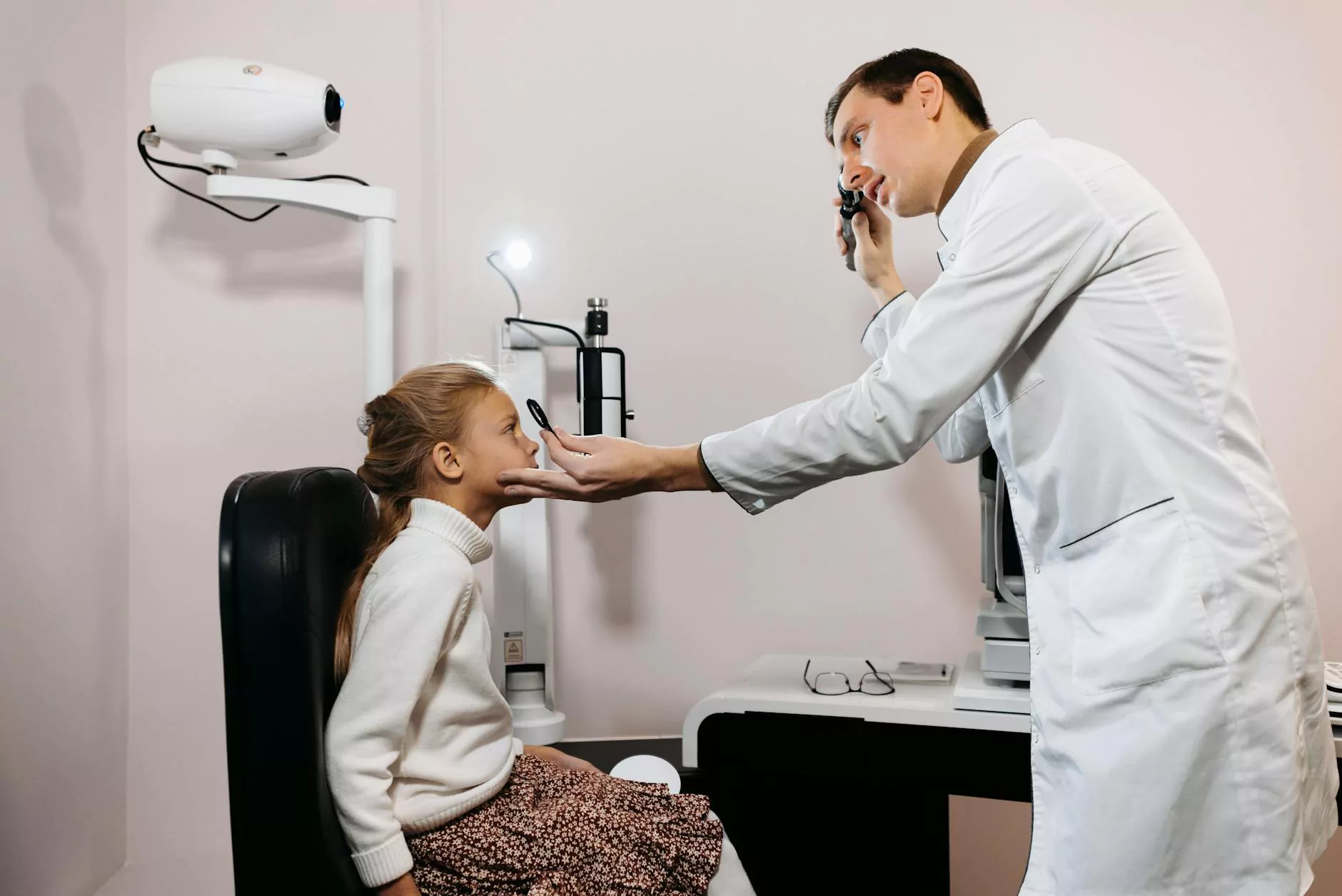June is Scleroderma Awareness Month

Welcome to Bay Regional Medical Center's dedicated page for Scleroderma Awareness Month. In this comprehensive guide, we aim to provide you with extensive information about Scleroderma, its symptoms, causes, and treatment options. Our team of healthcare professionals is committed to creating awareness about this condition and offering the highest level of care to patients.
Understanding Scleroderma
Scleroderma is a chronic connective tissue disease that affects various organs in the body. It is characterized by excessive fibrosis or hardening of the skin and internal organs. This condition is relatively rare, with an estimated prevalence of 30 cases per million people.
Scleroderma primarily affects women, usually between the ages of 30 and 50, though it can also occur in men and children. There are two main types of Scleroderma: localized and systemic. Localized Scleroderma primarily affects the skin, while systemic Scleroderma can result in complications involving internal organs such as the lungs, heart, kidneys, and digestive system.
Symptoms of Scleroderma
The symptoms of Scleroderma can vary widely depending on the type and extent of organ involvement. Some common symptoms include:
- Skin changes: Tightening, hardening, and thickening of the skin, especially on the fingers, hands, face, and other areas.
- Raynaud's phenomenon: Cold-induced color changes in the fingers and toes, often accompanied by pain and numbness.
- Joint pain and stiffness: Difficulty in moving and flexing joints due to inflammation and tightening of the connective tissue.
- Digestive problems: Acid reflux, difficulty swallowing, bloating, and other gastrointestinal issues.
- Lung complications: Shortness of breath, coughing, and reduced lung function due to pulmonary fibrosis.
It's important to note that symptoms can vary from person to person, and early diagnosis is crucial for effective management of the condition.
Causes of Scleroderma
The exact cause of Scleroderma is still unknown. However, researchers believe that it is a complex interplay between genetic predisposition and environmental factors. Some potential triggers for Scleroderma include:
- Autoimmune response: Scleroderma is considered an autoimmune disease, where the immune system mistakenly attacks healthy tissues in the body.
- Genetic factors: Certain genes are believed to increase the susceptibility to developing Scleroderma.
- Environmental factors: Exposure to certain chemicals, toxins, or infections may trigger the development of Scleroderma in individuals with a genetic predisposition.
Treatment Options
While there is currently no cure for Scleroderma, various treatment options are available to manage symptoms, slow down disease progression, and improve the quality of life. The treatment plan for Scleroderma is often individualized, considering the specific needs and complications of each patient.
Treatment approaches may include:
- Medications: Depending on the symptoms, various medications such as immunosuppressants, vasodilators, and corticosteroids may be prescribed to manage inflammation, improve blood flow, and alleviate symptoms.
- Physical and occupational therapy: These therapies aim to improve joint mobility, manage pain, and enhance daily functioning.
- Organ-specific treatments: For complications involving specific organs, targeted treatments may be recommended, such as medications for pulmonary hypertension or kidney transplant for end-stage renal disease.
- Lifestyle modifications: Making certain lifestyle changes, such as quitting smoking, practicing regular physical activity, and managing stress, can positively impact overall well-being.
It is important for individuals with Scleroderma to receive ongoing medical care and follow the treatment plan prescribed by their healthcare team. Regular check-ups, monitoring of symptoms, and early intervention in case of new complications are vital for maintaining optimal health.
Raising Awareness during Scleroderma Awareness Month
At Bay Regional Medical Center, we recognize the importance of increasing awareness about Scleroderma in our community. Through initiatives like Scleroderma Awareness Month, we aim to educate the public, provide support for patients and their families, and promote early detection and effective management of this complex condition.
If you or someone you know is experiencing symptoms related to Scleroderma, we encourage you to consult with a healthcare professional as early diagnosis and intervention can significantly improve outcomes.
Join us in spreading the word about Scleroderma and let's work together to raise awareness, improve understanding, and enhance the lives of those affected by this condition.
Contact Bay Regional Medical Center today for more information about Scleroderma, our specialized care services, and to schedule a consultation with our experienced healthcare team.




